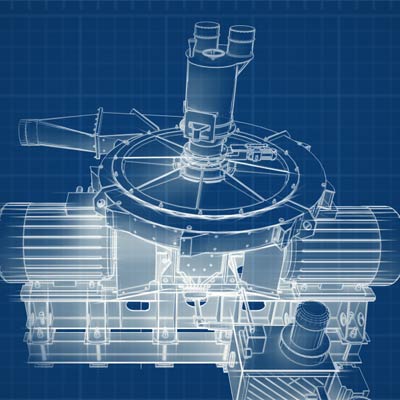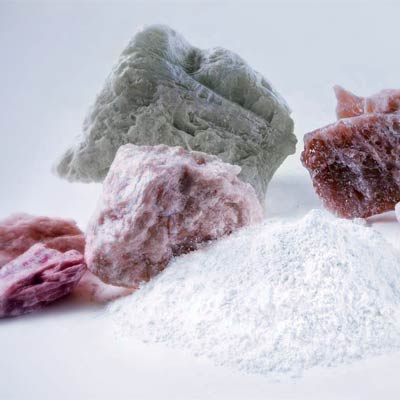Using talc in water-dispersion paints is common and involves a range of advantages. Some of them are described below:
- Dulling and dull polishing: talc is added to water-dispersion paints in order to dull the surface or make it look dull. This enables creating the desired surface appearance, while providing a pleasant matte texture.
- Improved coating: with its great optical properties, talc enables improved coating and surface masking with the paint. It helps conceal defects and irregularities of the base layer creating a smoother and higher-quality coating.
- Texture and viscosity control: adding talc allows controlling texture and viscosity of water-dispersion paints. Thus, paints become more user-friendly and easier to apply to the surface in a uniform way.
- Improved mechanical properties: as a laminar structure mineral, talc improves mechanical characteristics of paints, such as durability, shock resistance and deformational stability. Therefore, the coating becomes more resistant to mechanical damage, wear and tear.
- Reduced shrinkage: talc contained in paints enables reduced shrinkage of the coating when drying, which helps decrease deformations and secure more accurate product sizes.
- Longer service life: talc improves paint’s resistance to moist, light and other external factors, which contributes to an extended service life of coatings.
- Environmental safety: water-dispersion paints with talc are considered more eco-friendly, as they contain less organic solvents and harmful chemical compounds compared to other pain types.
Using talc in water-dispersion paints provides various advantages making the paints more effective, durable and user-friendly.



